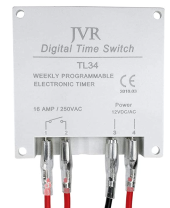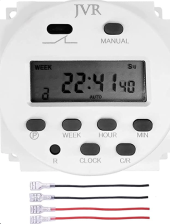bblackstock
New Member
- Joined
- Jan 6, 2022
- Messages
- 12
I am looking to upgrade my existing Outback inverters and charge controllers to a single all-in-one system. I have taken a close look at both Growatt and the LV6548, both very capable with similar features. My issue is I need two programmable trigger relays to auto-start my generator and from what I read neither of these units support this.
Reason for two relay's
1) Start generator when voltage is below a certain threshold (simple, both have this)
2) Start generator once a week to exercise generator. (Keep generator operational and lubed up)
During the summer time I could go for 6 months plus without ever having to start generator due to the fact that the solar keeps batteries charged. Issue is when I actually need the generator, things just get gummed up if I don't run it at least once a week. I do not live at this location, it is a vacation home, so I can't just start it manually. I looked at the Sol-Ark and they have this feature, but I can't see spending that kind of money for those units.
Anyone have any ideas?
Reason for two relay's
1) Start generator when voltage is below a certain threshold (simple, both have this)
2) Start generator once a week to exercise generator. (Keep generator operational and lubed up)
During the summer time I could go for 6 months plus without ever having to start generator due to the fact that the solar keeps batteries charged. Issue is when I actually need the generator, things just get gummed up if I don't run it at least once a week. I do not live at this location, it is a vacation home, so I can't just start it manually. I looked at the Sol-Ark and they have this feature, but I can't see spending that kind of money for those units.
Anyone have any ideas?
Last edited:





